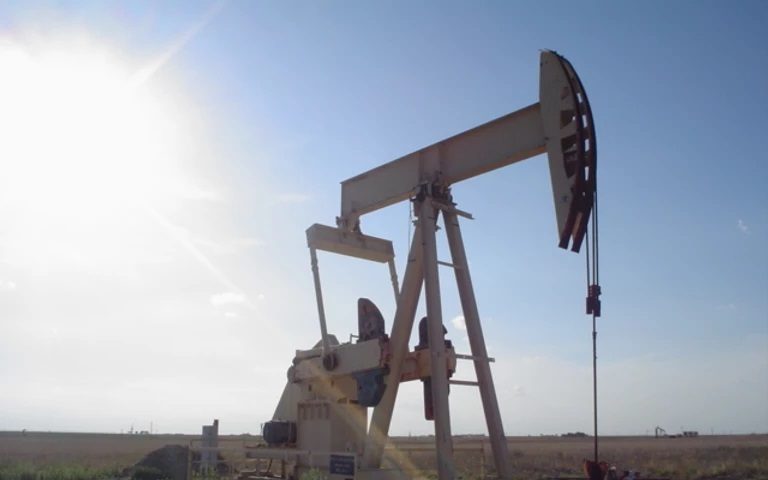In Murphy Expl. & Prod. Co. – U.S. v. Adams, 560 S.W.3d 105 (Tex. 2018), a divided Supreme Court held that an offset well clause did not require an operator to drill a well to protect against drainage but, instead, required only that the operator drill a new well on the leased premises. Of course, any discussion on drainage requires a link to one of the greatest scenes in movie history.
Adams and Murphy Oil entered into an oil and gas lease containing an (industry typical) drainage protection clause, providing that if a well is drilled within 467 feet of the lease line, Murphy would drill an offset well. Specifically, Murphy would “commence drilling of such off-set well or wells [on the lessor’s lands] with due diligence to a depth adequate the test the same formation …”
Comstock drilled a well 350 feet within the leased premises, thus triggering the offset clause. In response and in compliance with the drainage protection clause, Murphy drilled a well on Adams’ property that tested the same formation (Eagle Ford Shale) but it was 1800 feet from abutting lease line. In other words, Murphy’s new well would not protect the mineral owners from drainage from Comstock’s operations.
Adams initiated a suit against Murphy Oil alleging that the offset clause required Murphy Oil to drill an offset well to protect Adams against drainage. Offset means, in industry parlance, within the same footage of the lease line as the Comstock terminus (here 350 feet).
The Supreme Court disagreed with Adams and ruled for Murphy Oil holding that while the lease does not provide a formal definition of the term “offset well,” the phrase is internally defined by the lease’s description of where (somewhere on the lessor’s property) and to what depth the offset well must be drilled. According to the Supreme Court the fact that the lease specifies exactly what is to be done once the offset provision is triggered, but does not mention proximity, is significant. The Court further held that the “express” offset provision of the lease controlled over any “implied obligation” to protect the lessor from drainage. The Court further held that the “express” offset provision of the lease controlled over any “implied obligation” to protect the lessor from drainage.
This case highlights two potential questions for Lessors and Lessees moving forward:
- Should a party attempt to contract around, or into, any implied duty protect against drainage and what are the possibly consequences of writing your offset well clause poorly; and
- Should an operator have any duty to protect against drainage in a horizontal tight-shale well when the well is not expected to drain adjacent tracts.
by Edward M. Wilhelm.
THE WILHELM LAW FIRM, 5524 Bee Caves Road, Suite B5, Austin, Texas 78746; (512) 236 8400 (phone); (512) 236 8404 (fax); www.wilhelmlaw.net
DISCLAIMER: The information on this site is not intended to and does not offer legal advice, legal recommendations or legal representation on any matter. You need to consult an attorney in person for legal advice regarding your individual situation.

